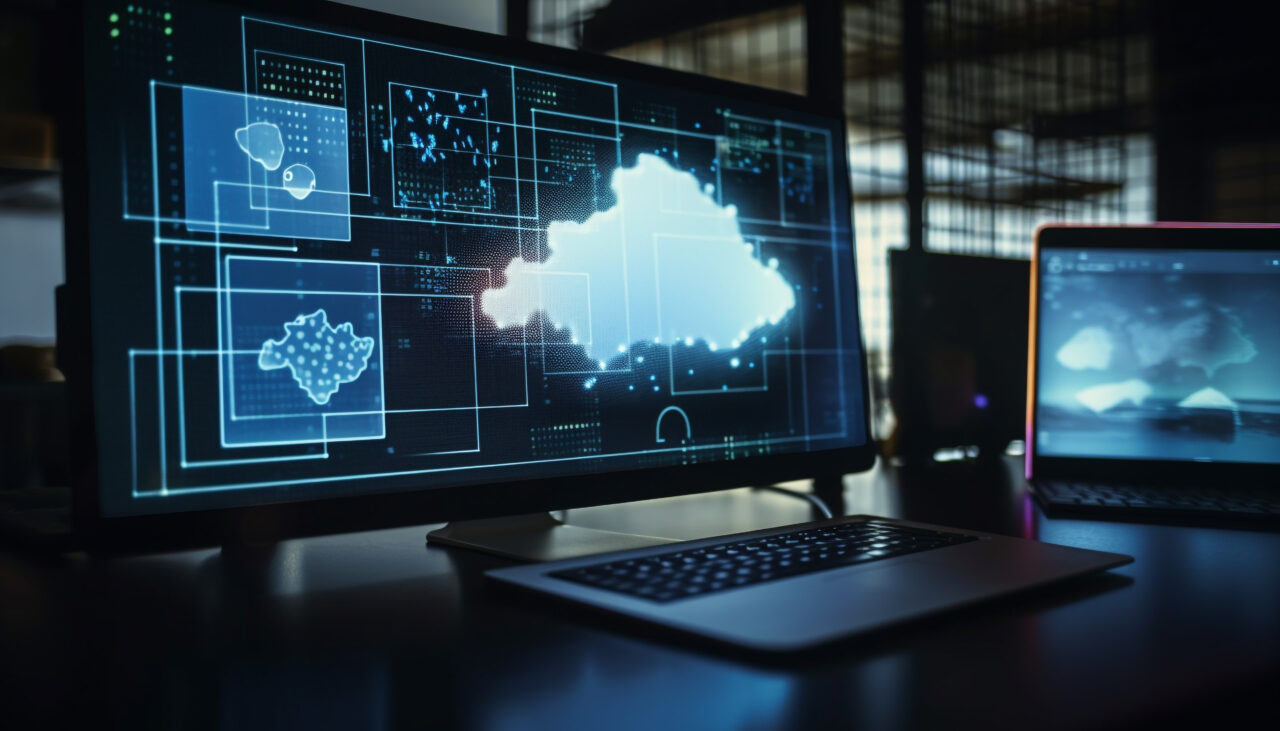On-Device AI vs Cloud AI – What’s Better for Tomorrow’s Smart Infrastructure. The race toward smarter cities and intelligent infrastructure is accelerating. From real-time traffic control to predictive energy management, Artificial Intelligence is at the heart of this transformation. But an important question is now emerging across the tech and urban planning landscape. Should smart systems rely on On-Device AI or Cloud AI? Both approaches bring distinct strengths and limitations, and the future of smart infrastructure might lie in the balance between the two.
Defining On-Device AI and Cloud AI
On-Device AI, also called edge AI, runs algorithms locally on the hardware itself. This could be in a camera, a traffic light, a drone, or a smart meter. It processes data without needing to send it to a centralized data center. This setup is beneficial for latency-sensitive tasks and offline operations.
Cloud AI, on the other hand, involves processing data on remote servers. These servers are often part of large cloud infrastructure platforms like AWS, Azure, or Google Cloud. Cloud AI is used for tasks that demand heavy computational power, extensive storage, and large-scale data aggregation.
The decision to go with one over the other is not just about performance. It influences cost, scalability, privacy, speed, and even environmental impact.
Speed and Latency: Why Time Matters
One of the key advantages of On-Device AI is ultra-low latency. When a surveillance camera uses AI to detect unusual behavior in real time, it cannot afford to wait for cloud processing. Every millisecond matters in scenarios like autonomous vehicles, smart grids, or emergency alert systems.
Cloud AI, although powerful, introduces a time delay due to the data transfer between the edge device and cloud servers. In high-risk environments or fast-moving systems, this delay can be a critical disadvantage.
However, for tasks that do not require instant decision-making, cloud latency is less of an issue. Training complex AI models, running simulations, or analyzing trends across multiple cities are better handled by cloud platforms with access to massive GPU resources.
Power and Performance: Device Constraints vs Server Power
Smart infrastructure devices like streetlights, water pumps, and home appliances have limited computational capacity and energy budgets. On-Device AI must be optimized for minimal resource use, which can restrict the complexity of models that can run locally.
Cloud AI faces no such limitations. It can use advanced machine learning models like deep neural networks, transformer-based models, and large-scale data analytics tools. As a result, it can process billions of data points from multiple locations, identify long-term patterns, and refine AI behavior over time.
But this power comes at a cost. Cloud AI requires continuous internet access, consumes considerable bandwidth, and relies on large-scale data centers which are themselves energy intensive.
Privacy and Security: Keeping Data Close
Privacy is a growing concern, especially in systems dealing with personal or sensitive information. On-Device AI provides better data sovereignty. Since data is processed and stored locally, it reduces exposure to cyber threats that typically target centralized cloud storage.
For example, smart surveillance cameras using On-Device AI can analyze footage and trigger alerts without ever uploading images to the internet. This not only improves privacy but also helps with regulatory compliance, especially in sectors like healthcare and public security.
Cloud AI, in contrast, centralizes data which can be a liability if not managed securely. However, cloud providers offer enterprise-grade security protocols, encryption, and access control. With proper architecture and monitoring, cloud platforms can still maintain a high level of security.
Scalability and Connectivity: Growing with the Network
Cloud AI shines when it comes to scalability. As the number of smart devices and data points grow, cloud systems can scale almost infinitely. They are ideal for cross-city analytics, integrated platforms, and managing smart infrastructure networks that span large geographic regions.
On-Device AI is ideal for distributed systems with limited connectivity. Rural infrastructure, remote monitoring stations, or disaster zones may not have reliable internet access. Local AI models running on solar-powered devices or rugged hardware can function independently, making them crucial for last-mile coverage.
Energy Efficiency and Sustainability
With growing awareness of the carbon footprint of digital systems, energy efficiency is now a design priority. On-Device AI, when implemented well, can reduce data transfer, cut energy use, and minimize dependence on high-emission data centers.
Cloud data centers are also becoming greener, with major providers investing in renewable energy. However, sending data to the cloud and back does have an environmental cost, particularly at scale. Balancing AI workloads between the device and the cloud can improve energy performance in smart infrastructure projects.
A Hybrid Future: Best of Both Worlds
Most experts agree that the future is not a binary choice. Instead, hybrid AI models that combine the strengths of both approaches are gaining traction. In this setup, devices handle quick, local decisions while continuously syncing with the cloud for updates, insights, and coordination across the system.
For instance, a smart traffic light could use On-Device AI to detect congestion in real time and Cloud AI to analyze traffic patterns across the city and optimize future signal timings.
This layered architecture allows for immediate responsiveness without sacrificing the benefits of large-scale intelligence.
Conclusion
Smart infrastructure is no longer a distant vision. It is already shaping how cities move, how resources are managed, and how communities interact with their environment. The decision between On-Device AI and Cloud AI will play a defining role in the reliability, responsiveness, and resilience of these systems.
While Cloud AI offers scale and analytical power, On-Device AI delivers speed, privacy, and independence. Choosing the right mix will depend on the use case, the environment, and the mission of the smart system in question. In the years ahead, infrastructure that intelligently blends both models will lead the way toward truly intelligent cities.

